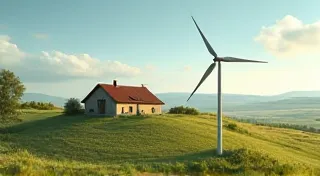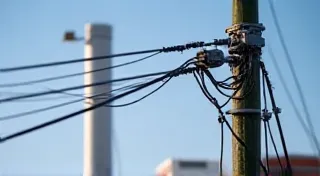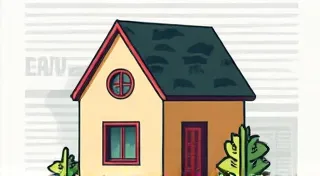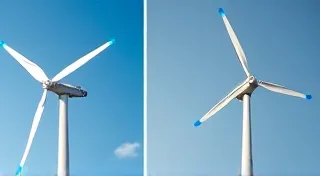Wind Turbine Noise Reduction Techniques for Quiet Operation
Building a small-scale wind turbine is a fantastic way to embrace renewable energy and reduce your carbon footprint. However, the whirring and humming of the blades can be a significant concern, potentially causing disturbance for you and your neighbors. This article explores practical techniques to minimize noise pollution and ensure your DIY wind turbine operates quietly and responsibly. Before embarking on your build, it’s a good idea to consider the overall design and efficiency; you can learn more about understanding wind turbine efficiency and factors that influence performance.
Understanding Wind Turbine Noise
Wind turbine noise arises from several sources. Aerodynamic noise, caused by the interaction of the blades with the air, is usually the most significant. Mechanical noise from the generator and gearbox (if present) also contributes. Blade tip noise, the most piercing sound, is generated at the blade's edge as it cuts through the air. Other factors like turbulence and vibrations in the tower can also amplify noise. The type of turbine you choose also plays a role; you might be considering the differences between Horizontal Axis Wind Turbines (HAWT) and Vertical Axis Wind Turbines (VAWT) – for a detailed comparison, read about comparing Vertical Axis Wind Turbines (VAWT) vs. Horizontal Axis Wind Turbines (HAWT).
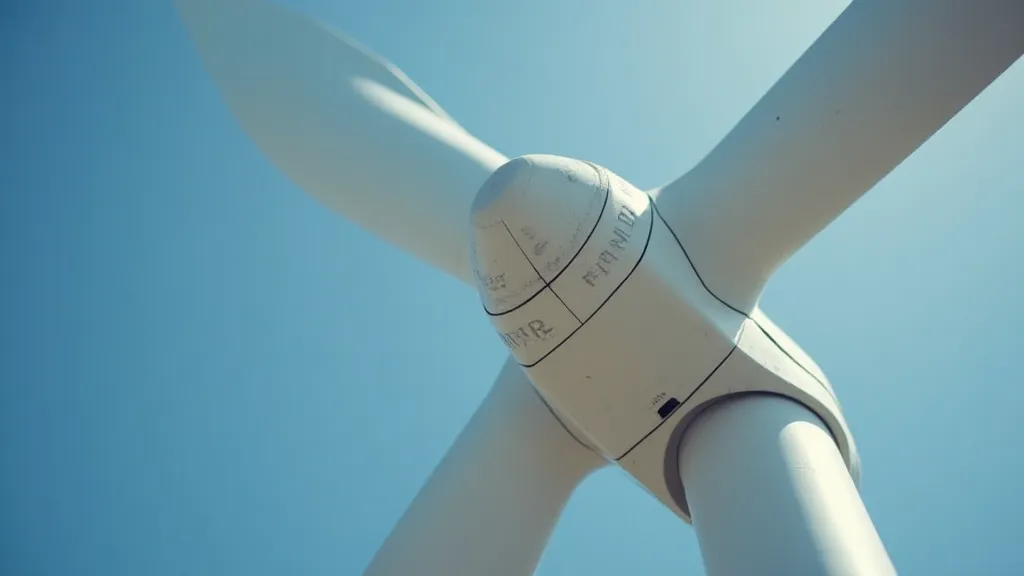
Design and Blade Considerations
The design phase is crucial for minimizing noise. Here are some key aspects:
- Blade Shape: Optimized blade shapes, like those with a slightly twisted profile and rounded leading and trailing edges, significantly reduce turbulence and noise. Avoid sharp edges. The shape impacts not only noise but also efficiency, so careful design is vital.
- Blade Material: While wood is a popular choice for DIY turbines, the density and grain of the wood can impact noise. Experiment with different wood types to see which produces the quietest operation. Composites, like fiberglass, can also offer quieter performance, but require more advanced construction skills. Understanding material properties is key to a successful build.
- Blade Length & Tip Speed: Slower blade tip speeds generally produce less noise. A shorter blade radius, while reducing power output, can be a worthwhile trade-off for quieter operation. Finding the optimal balance is critical.
- Number of Blades: While most DIY turbines utilize three blades, increasing the number of blades (within reasonable limits) can distribute the noise across a wider frequency range, making it less objectionable. More blades generally mean more complexity, however.
- Blade Balancing: Properly balancing the blades is absolutely essential. Even slight imbalances can cause vibrations and significantly increase noise levels. Static and dynamic balancing techniques should be employed.
- Aerofoil Selection: The choice of aerofoil shape directly affects the blade's performance, noise generation, and efficiency. Select an aerofoil specifically designed for low-noise operation, if possible.
Mechanical Noise Mitigation
Addressing the mechanical components of your wind turbine is also vital. Ensuring safe construction practices throughout the entire process is of paramount importance; review safety first: wind turbine construction and operation precautions to ensure the project is completed safely.
- Generator Selection: Choose a generator specifically designed for low-noise operation. Look for models with vibration dampening features. Consider a permanent magnet generator (PMG) as they often operate more quietly than induction generators.
- Gearbox (If Applicable): Gearboxes are often sources of mechanical noise. Consider eliminating a gearbox altogether by using a direct-drive generator, or selecting a high-quality, quiet gearbox. Proper lubrication is also crucial. Regularly inspect and replace gearbox oil to maintain quiet operation.
- Mounting & Dampening: Securely mount the generator and gearbox to a robust frame using vibration dampening materials like rubber mounts or neoprene pads. This prevents vibrations from transferring to the tower. Carefully isolate all mechanical components from the tower structure.
- Bearing Selection: High-quality, sealed bearings are essential for quiet operation. Regularly inspect bearings for wear and replace them as needed. Consider using ceramic bearings for reduced friction and noise.
- Lubrication: Proper lubrication of all moving parts is crucial. Use appropriate lubricants designed for the operating conditions. Regular lubrication maintenance is paramount.
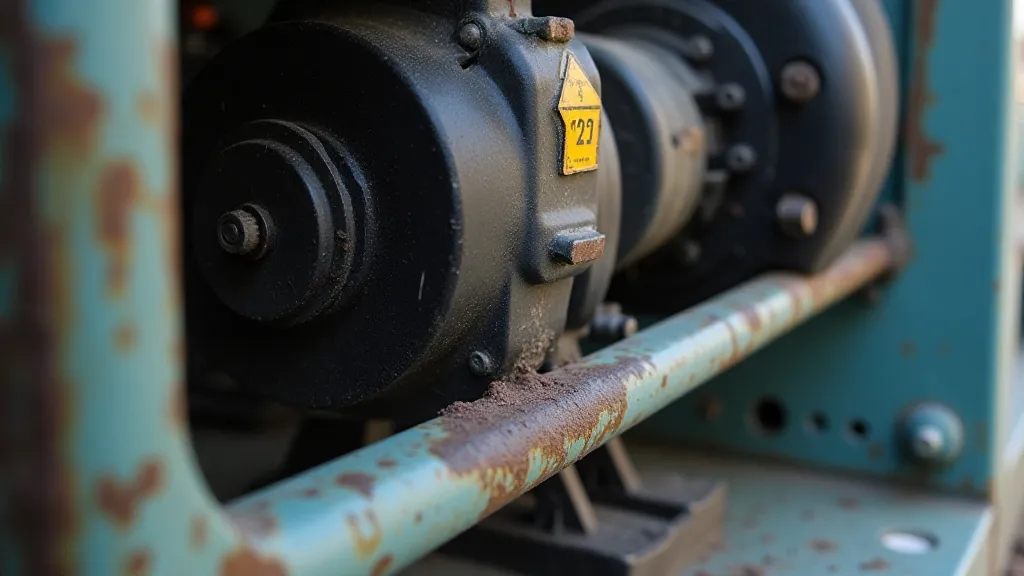
Operational Strategies
Beyond the design and build, operational practices can help minimize noise:
- Tower Height: Generally, higher towers reduce ground-level noise due to increased distance and air absorption. However, check local regulations regarding tower height. Tower height also impacts wind speed and available energy.
- Wind Speed Cut-Out: Implement a wind speed cut-out – a mechanism that automatically shuts down the turbine when wind speeds exceed a certain level. This prevents excessive noise during high-wind conditions and protects the turbine from damage. Fine-tuning the cut-out speed is essential.
- Regular Maintenance: Ensure all components are well-lubricated and in good working order. Loose parts and worn bearings will generate more noise. Regular inspections and preventative maintenance are key.
- Orientation: When possible, orient the wind turbine to minimize noise impact on neighboring properties. Consider prevailing wind directions and the location of nearby homes.
- Blade Pitch Adjustment (If Applicable): Some turbines allow for blade pitch adjustment. Adjusting the pitch can help optimize power output and reduce noise at different wind speeds.
- Noise Monitoring: Consider using a sound level meter to monitor the noise levels of your turbine. This can help you identify and address any issues that arise.
Community Considerations
Being a responsible DIY wind power enthusiast means being mindful of your neighbors. Communicate with them about your project, explain the noise mitigation measures you are taking, and be open to addressing their concerns. A little communication can go a long way in maintaining positive community relations. Don't forget to troubleshoot any issues that may arise – you can learn more about troubleshooting common wind turbine problems when things don’t go as planned.
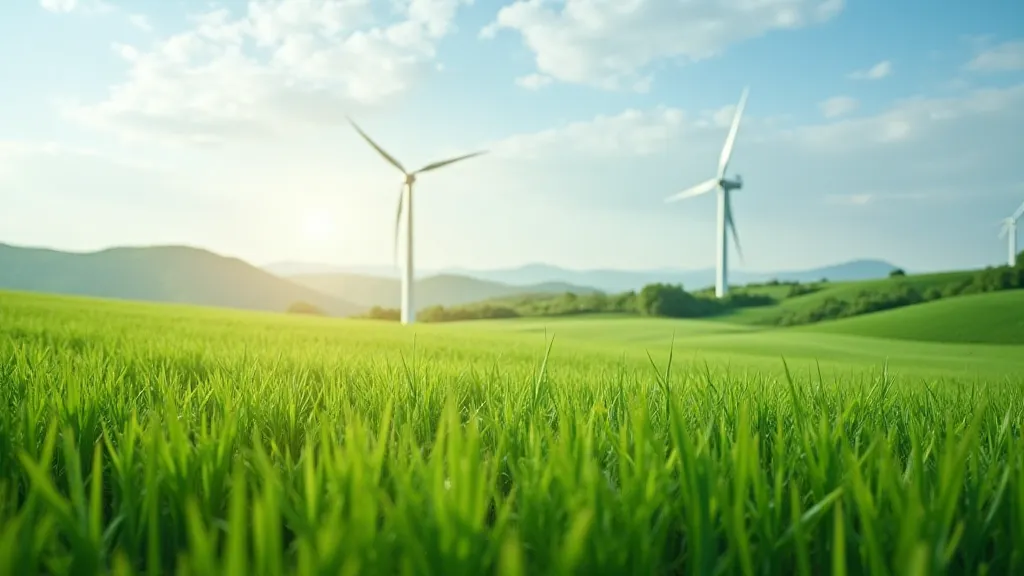
Minimizing noise from your DIY wind turbine is a process of careful design, meticulous construction, and responsible operation. By thoughtfully addressing each of these areas, you can generate clean energy while maintaining a harmonious relationship with your community. Remember that ongoing observation and adjustment are often needed to achieve optimal performance and quiet operation. Consider factors such as blade wear and changing weather conditions, and be prepared to make adjustments as needed to maintain a low-noise operation.
